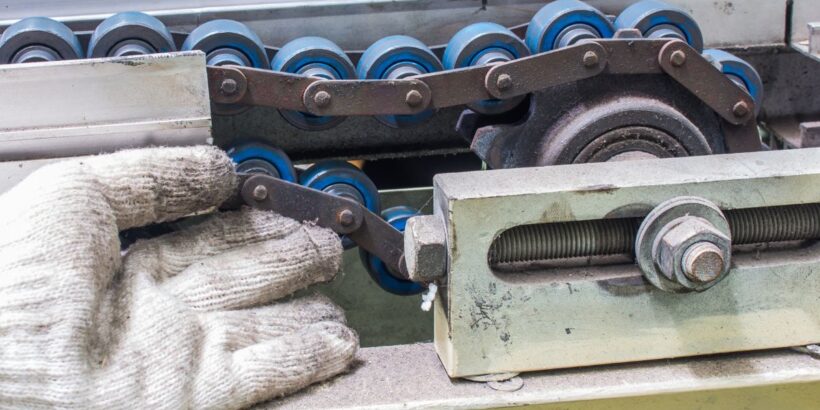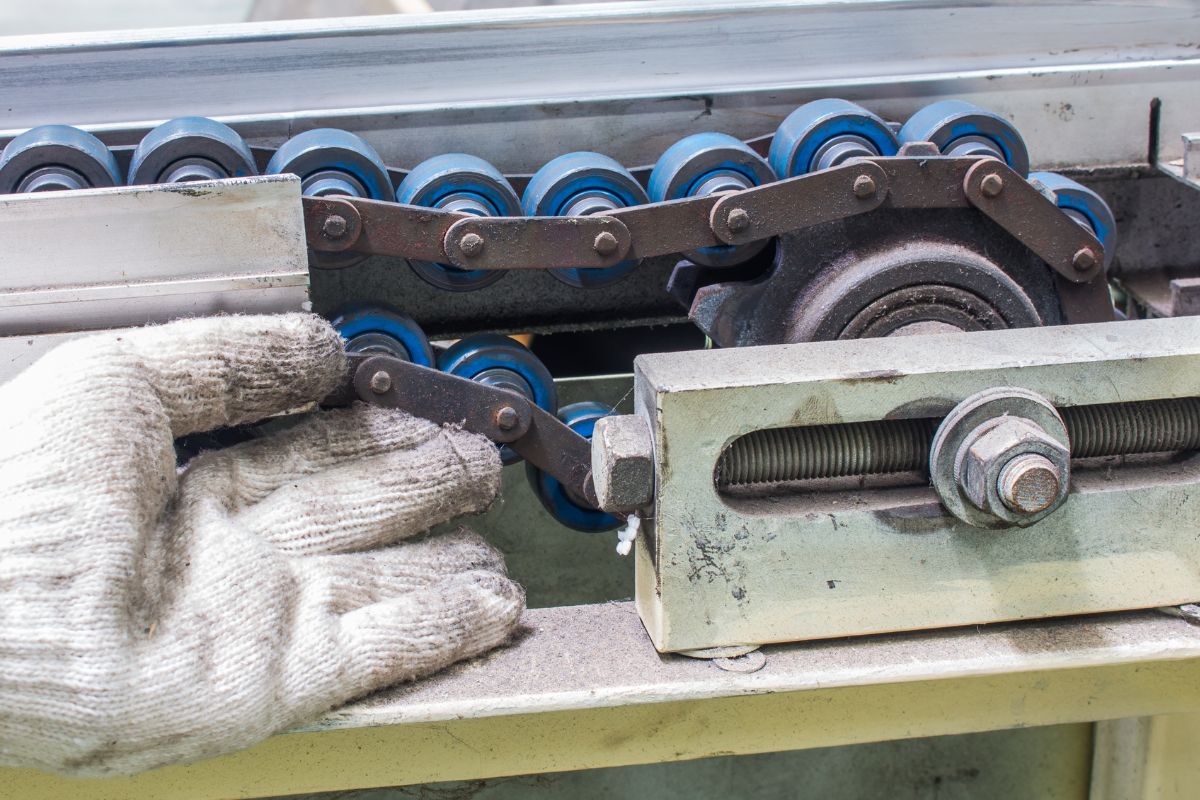A conveyor belt system is essential to many business operations, ensuring that products move efficiently from one place to another. Everything needs to be in working order for these systems to operate correctly. This is where the importance of measuring belt tension on conveyors comes into play. From reducing wear and tear to enhancing safety, learn why you must pay close attention to the tension on your conveyor belts.
Understanding Belt Tension
Belt tension refers to the amount of stress or stretch applied to a conveyor belt during operation. It’s a critical parameter determining how well the conveyor system performs and how long the belt will last. Maintaining the correct belt tension is essential for optimizing the performance and longevity of your entire conveyor system. Take a look at the benefits of proper belt tension below.
Less Wear and Tear
Proper belt tension is crucial in preventing unnecessary wear and tear on the conveyor system. Proper tension can also help extend conveyor belt life span, prolonging the usage of this equipment. Too high tension and the belt can stretch and add stress to the material—too low tension and the belt may slip or misalign. By regularly monitoring and adjusting belt tension, business owners can reduce the chances of premature belt and component failures, ultimately saving time and money in the long run.
Improved Efficiency
Maintaining the right tension on your conveyor belt leads to improved efficiency in your operation. When perfectly tensioned, the belt allows for seamless product movement with minimal friction, resulting in a more streamlined production process. Furthermore, by operating at optimal efficiency, the system consumes less energy, which translates to lower energy costs for the business. With the proper tension on the conveyor belts, a business’s operations can run at peak performance.
Reduced Downtime
Unexpected downtime due to conveyor issues can be costly, especially when it leads to halted production and delays in meeting deadlines. Ensuring the correct belt tension plays a significant role in preventing such scenarios. Properly tensioned belts minimize the risks of such problems as belt slippage, misalignment, or other malfunctions that can cause unscheduled stops. By routinely checking and adjusting belt tension as necessary, business owners can significantly mitigate the risks of downtime associated with conveyor malfunctions.
Enhanced Safety
Proper belt tension on conveyors is vital in promoting workplace safety. A poorly tensioned belt poses risks not only to the conveyor system itself but also to the workers operating it. Loose or overly tight belts can lead to accidents such as jams or entanglements, which pose serious safety concerns. By maintaining the correct tension, business owners can minimize these risks and create a safer working environment for their employees.
Cost Savings
Last but not least, measuring the tension in conveyor belts will provide cost savings to businesses. When there is less wear and tear, downtime, improved efficiency and safety, this can all translate to cost savings. Regular monitoring and adjustment of belt tension are highly cost-effective measures that any business using conveyor systems should implement.
The importance of measuring belt tension on conveyors cannot be overstated, as it plays a decisive role in preventing equipment failures, enhancing efficiency and safety, and reducing downtime. By employing proper tensioning techniques, businesses can enjoy the benefits of a well-maintained conveyor system and optimize their operations. Implementing regular monitoring and adjustments to belt tension is a small investment that yields significant rewards in the long term.

